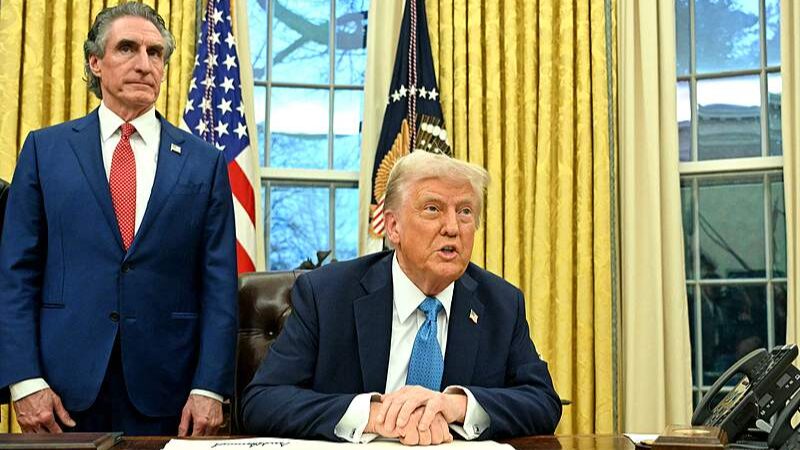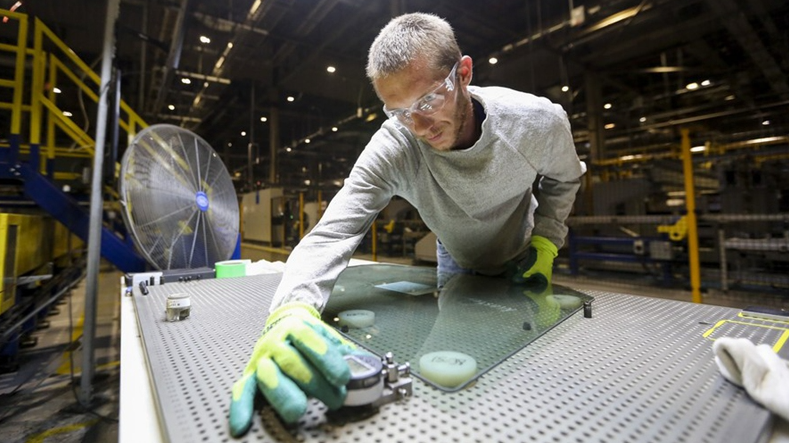Remember when the U.S. was the world's factory floor? 🏗️ From cars to computers, iconic brands once rolled off American assembly lines. Now, former President Donald Trump’s tariff tactics aim to revive that era—but there’s a catch: over 500,000 manufacturing jobs remain unfilled, even before the trade wars began.
The Tariff Tango 💃🕺
Trump’s tariffs on imports were meant to boost domestic production, making it cheaper to build everything from sneakers to semiconductors in the U.S. But critics argue the strategy is like trying to fix a leaky faucet with a sledgehammer—disrupting global trade while failing to address deeper issues, like worker shortages and automation trends.
The Workforce Puzzle 🧩
Why aren’t Americans rushing to fill these roles? 🤔 Some point to shifting priorities: younger generations are leaning toward tech, gig work, or roles with remote flexibility. Others cite stagnant wages or the stigma around blue-collar jobs. Meanwhile, industries face pressure to upskill workers and compete with tech giants for talent.
Could tariffs alone rebuild a sector struggling to attract workers? The answer might lie in a mix of policy, education, and reimagining what modern manufacturing looks like. 🔧
Reference(s):
cgtn.com





